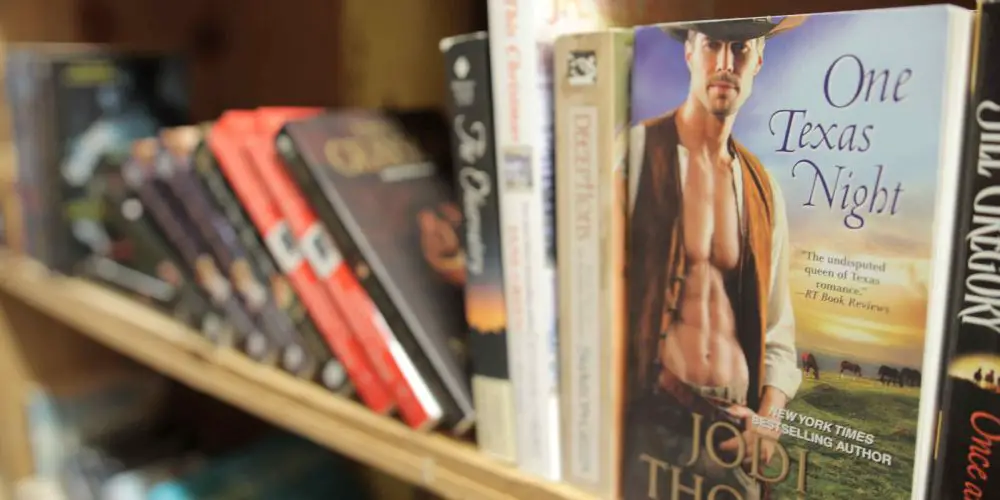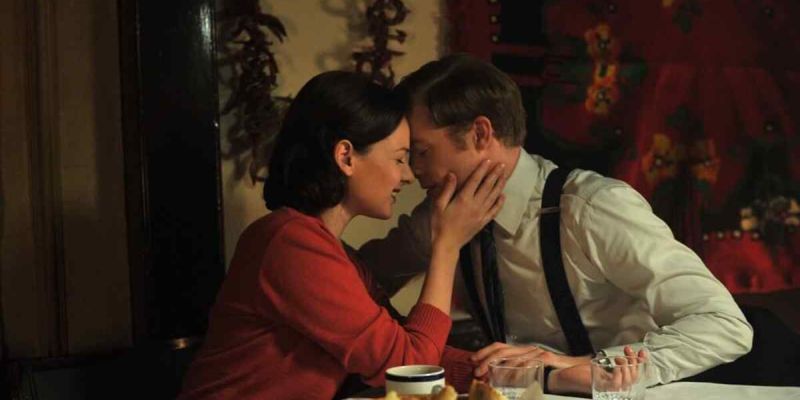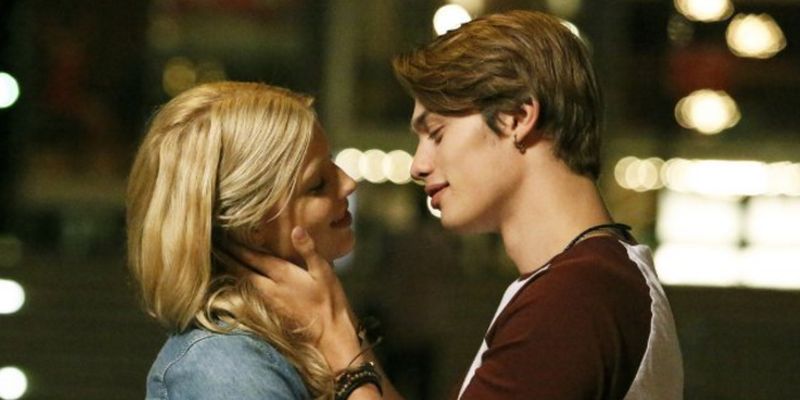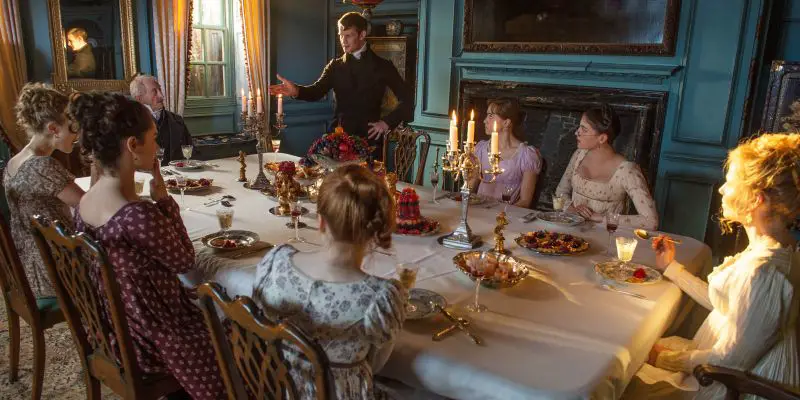romance
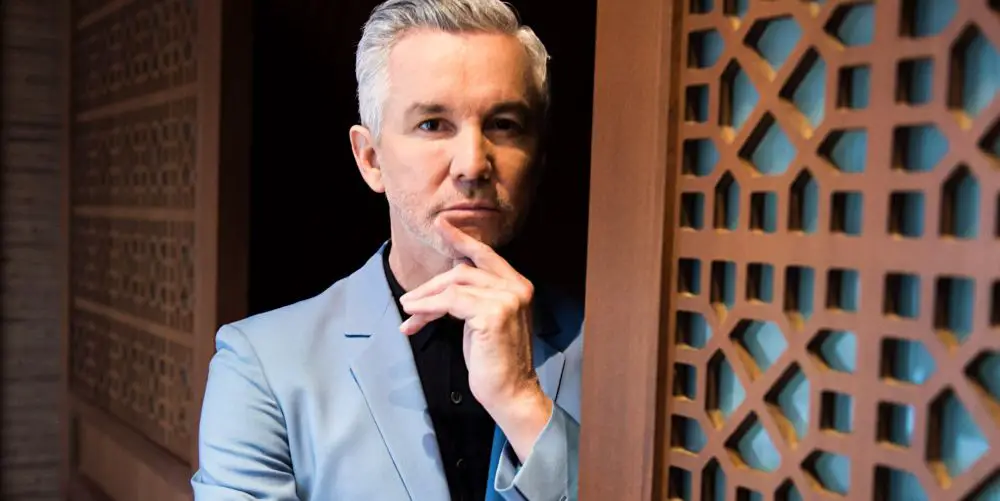
Baz Luhrmann, born Mark Anthony Luhrmann, grew up in the tiny village of Heron’s Creek in New South Wales, Australia, a township which boasted a population of just 312 in 2011. Since then, he has revolutionised the Australian cinema scene and is best known for The Red Curtain Trilogy, comprising of romantic comedy and underdog tale Strictly Ballroom, a modernisation of Shakespearean classic Romeo + Juliet, and Moulin Rouge!, the extravagant and no holds barred musical set in late 19th century Paris.
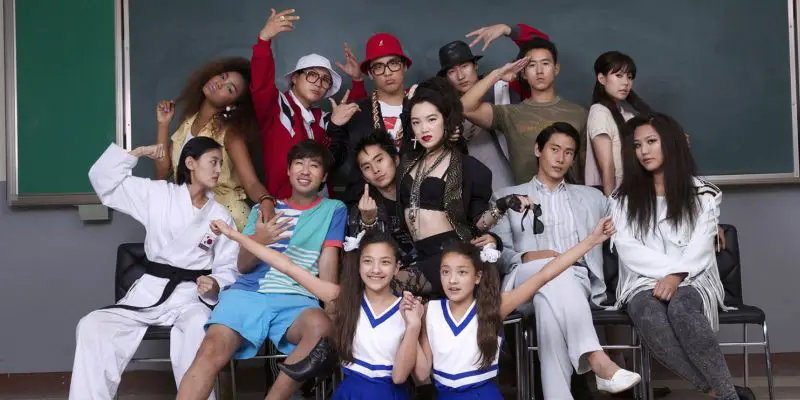
Growing up as a first generation Asian American, I looked to television and cinema for hints to “fit in” with all the other Americans, to improve my grammar and English, to embrace the idea of being American. In that transition, I severed some of my Filipino roots. I can understand Tagalog, but I can’t speak it.
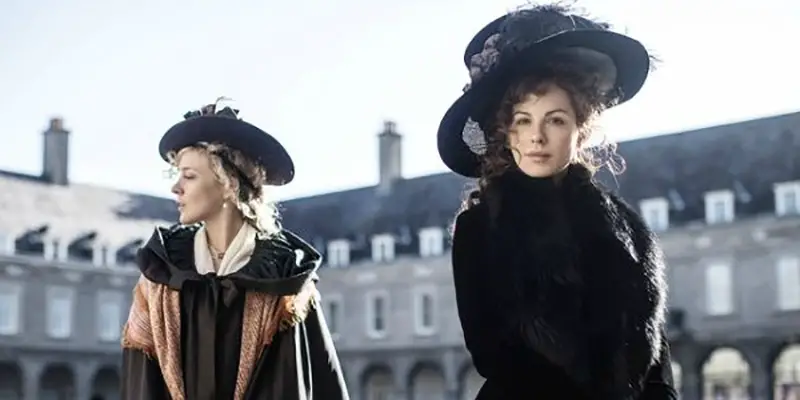
Whit Stillman’s adaption of Jane Austen’s relatively unknown novella, Lady Susan, follows the delightfully scandalous exploits of the recently widowed Lady Susan Vernon (Kate Beckinsale). Lady Susan is forced to leave the Manwaring family’s estate in the midst of adulterous allegations, instead taking up residence with her in-laws and their handsome young relative, Reginald DeCourcy (Xavier Samuel), whereby she attempts to marry off her long-suffering daughter and elevate her own social standing in the process. The ensuing events make for one of the most entertaining and joyfully witty Austen adaptations we have yet been treated to on screen.
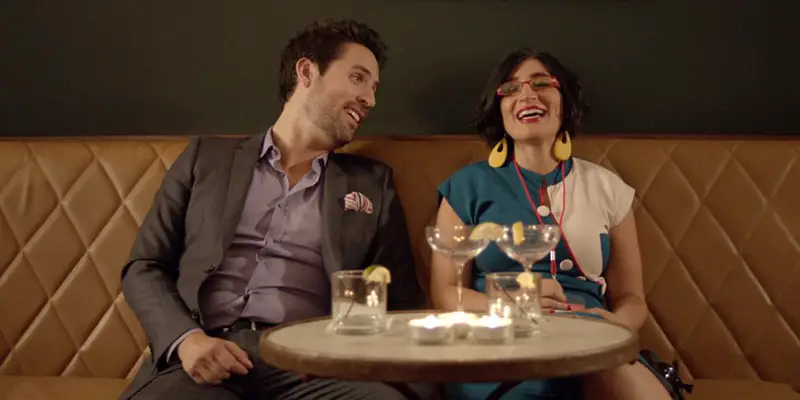
3rd Street Blackout is an independent romantic comedy written, directed by and starring Negin Farsad (as Mina) and Jeremy Redleaf (as Rudy). The film explores the trials one tech-savvy couple endures during the midst of a post hurricane blackout in an urban New York City neighborhood. It also features Ed Weeks (as Nathan Blonket) and a brief appearance by Janeane Garofalo (as June Sherman).
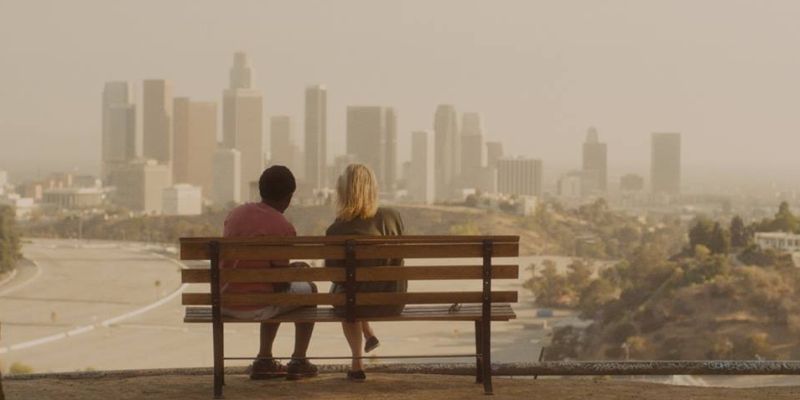
You may be wondering why you are reading a review for a film initially slated for release in 2014, after its première at the Los Angeles film festival, in the here and now of 2016. It tells us a lot about contemporary cinema and the struggle independent films face in finding distribution that this well-made film has waited two years for a wider release when there have been countless lesser films clogging our screens in the intervening time. It has been with the recent support of Ava DuVernay’s company ARRAY that Echo Park has found a cinematic release in LA and New York as well as an international release through Netflix and, if you are looking for something different to the sometimes saccharine cuteness of US indie romances, I would encourage you to seek this film out.
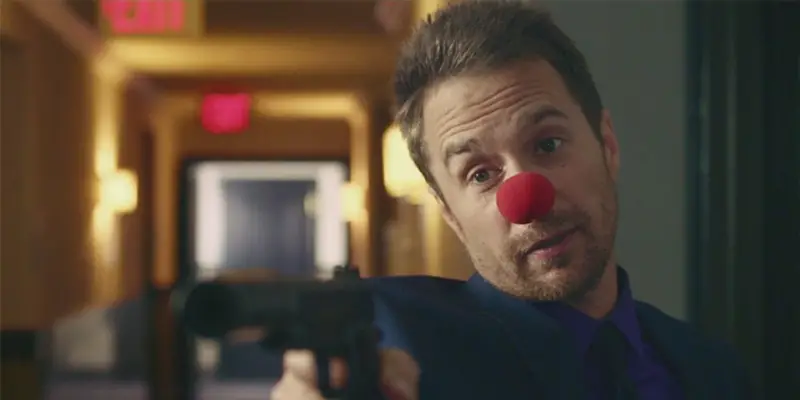
To talk about this film, you must talk about the rise and acceptance of post-modernist cinema with mainstream audiences and how this has changed the way modern genre films are tackled. To break it down, post-modernist cinema essentially is cinema that tackles ‘modern’ or traditional cinema. Post-modern cinema wants to actively point out the different film elements that make traditional cinema work, show them to you and deconstruct these cinematic codes in order to stand apart and comment on its established genre/story-telling methods that its currently indulging in.
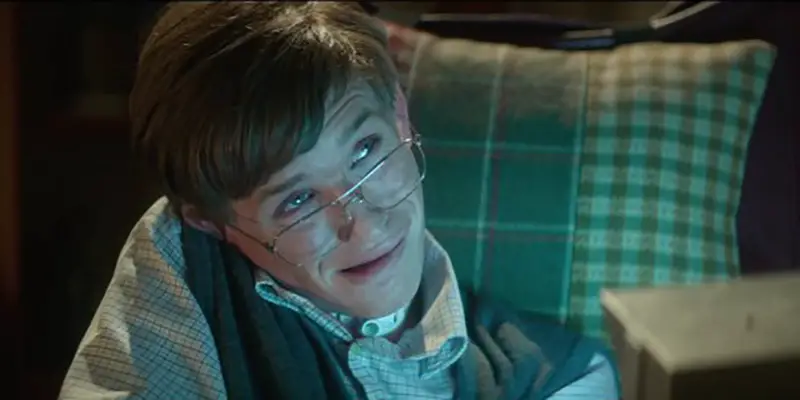
Like all social groups, people with disability have been portrayed in diverse ways in Hollywood, from stereotypical representations in horror to genuine inspirations in melodramas. Disability is represented as a metaphor through imagery or characters’ features, or as a direct subject within the narrative. The entire concept of genre is recycled from elements within society, and the relevant features of each specifically labels the disabled into a certain character type.
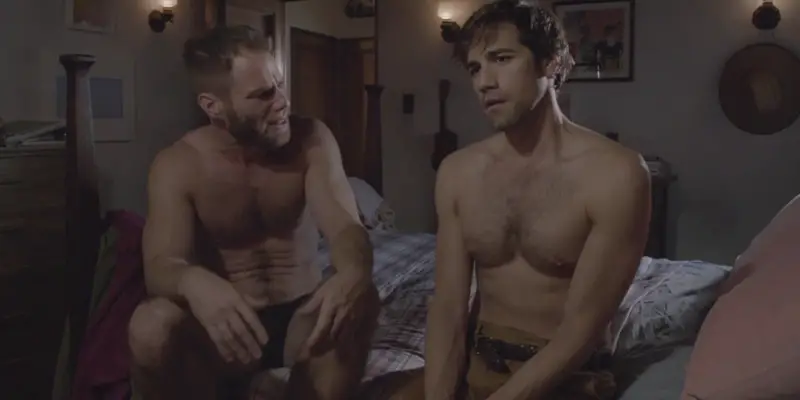
For a horror sub-genre that is frequently criticised for misogynist overtones, it is surprising how many gothic filmmakers haven’t combined the LGBT themes inherent in horror with the rampant violence of slasher film more frequently before. You’re Killing Me is a horror-comedy that puts the emphasis on the comedic elements, its many detours into slasher film never feeling either shocking or as amusing as the film around them. But it is unique for a film in this sub-genre to remove any subtext about societal fears among gay people in contemporary society and just make a straightforward horror-comedy with no deeper thematic resonance.

There has been a historical frequency in film for older men to be depicted in romantic relationships with younger, sometimes much younger, women. This article seeks to examine whether this propensity for older men to be paired with younger women on-screen can reveal something of mainstream cinema’s and, by extension, western culture’s attitudes towards older women, sex and romance. Might more contemporary examples featuring fresh approaches to the age gap be leading us down a new path, featuring a wider range of romantic perspectives?
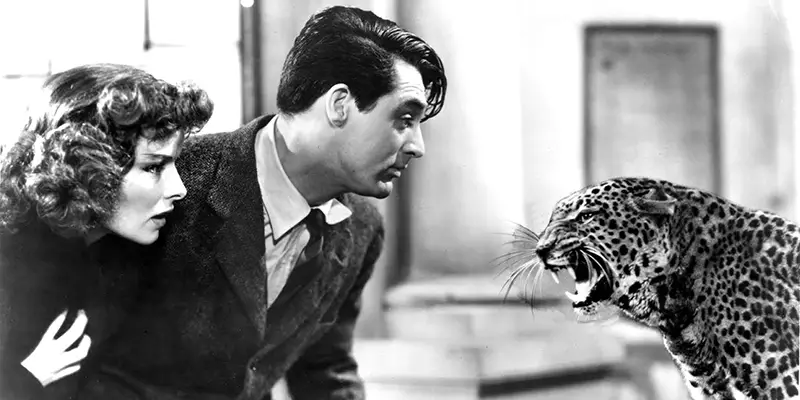
Screwball comedy is a predominantly American film genre popularised during the Great Depression. The golden era of screwball comedy was the 1930s and early 1940s, with hundreds of films being produced and the genre fast becoming one of Hollywood’s most popular. However, from the mid 1940s, evolving circumstances saw it becoming increasingly obsolete, with true screwball comedies beyond the 1960s being few and far between.


